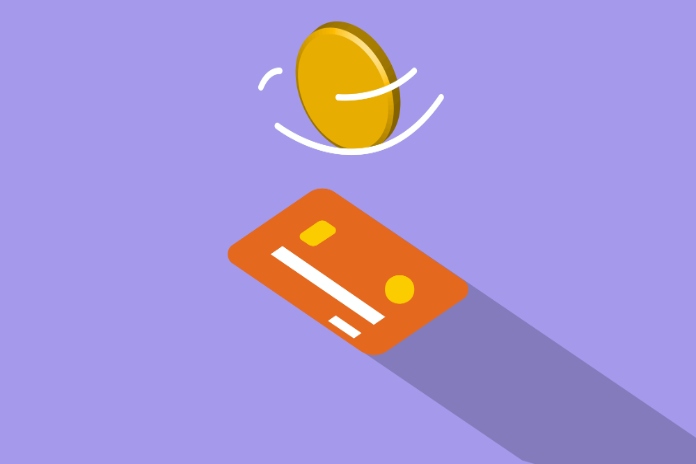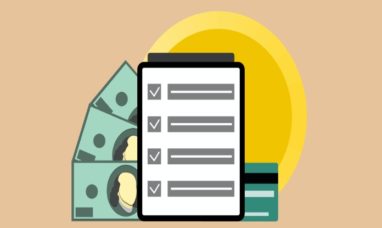Credit card loan, which arises from revolving credit card debt, is an example of an unsecured obligation. Credit card loan may quickly increase if borrowers obtain several cards with varied interest rates and spending limitations. Each and every one of a borrower’s credit card accounts will be reported to and monitored by the various credit reporting agencies. Since credit card balances may be carried over indefinitely and accrue interest, they often make up the bulk of a borrower’s ongoing debt.
The Basics of Credit Card Loan
Most people think a credit card loan is an unpaid sum carried over from month to month. Borrowers who want to buy purchases on credit and pay off the balance over time may find credit card debt advantageous. There are some very high-interest rates attached to this form of loan. Credit card holders may avoid paying interest over the long run by paying off their debt in full each month.
Credit card loan has many advantages
One of the most common types of revolving credit, credit cards are advantageous in many ways for those who use them. Credit card holders can access revolving credit lines that may be drawn upon as required. Revolving loans provide considerably more manageable monthly payments than traditional, fixed-rate loans. Customers may avoid paying a lot in interest by paying down their bills. Furthermore, most credit cards provide reward incentives like cash back or points that may be applied toward future purchases or even to pay down existing bills.
Credit Reporting and Analysis: Essential Information
Every month, creditors report a borrower’s credit card balances and other pertinent information to credit reporting agencies. Therefore, credit cards may be an excellent tool for helping borrowers establish a solid credit history. Credit card borrowers might get into trouble if they make late payments, carry large sums, or have several hard inquiries in a short period.
Since credit card debt often represents a significant part of a borrower’s total credit usage, it is a major factor in establishing a borrower’s credit score. Credit reports provide detailed information on a consumer’s credit accounts in the form of “trade lines.” Credit bureaus compute borrowers’ credit usage ratio by dividing their credit card debt by the sum of their credit card limits. This sum represents the borrower’s outstanding credit card debt from all trade lines. A borrower’s credit score relies heavily on how they use their credit cards.
Lenders will record a borrower’s payment history to credit reporting agencies each month. A borrower’s credit score suffers when payments are late, but it improves when payments are made on time. A higher credit score opens the door to better loan conditions, so making payments on time is essential.
Since credit card usage is also a component in a borrower’s credit score, paying off large amounts of credit card loans quickly is one of the most significant ways a borrower may swiftly enhance their credit score. Borrowers who keep their credit card balances low are likelier to keep their credit in good standing.
Featured Image: Pexels © Monstera







